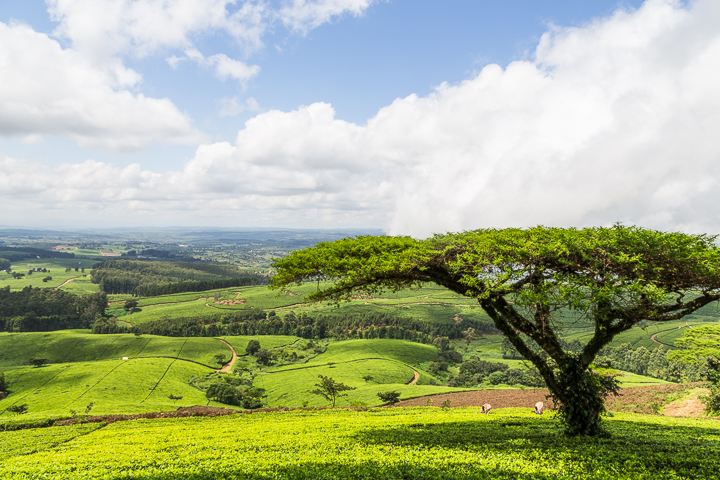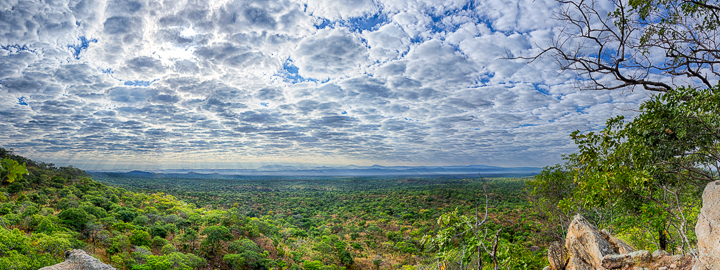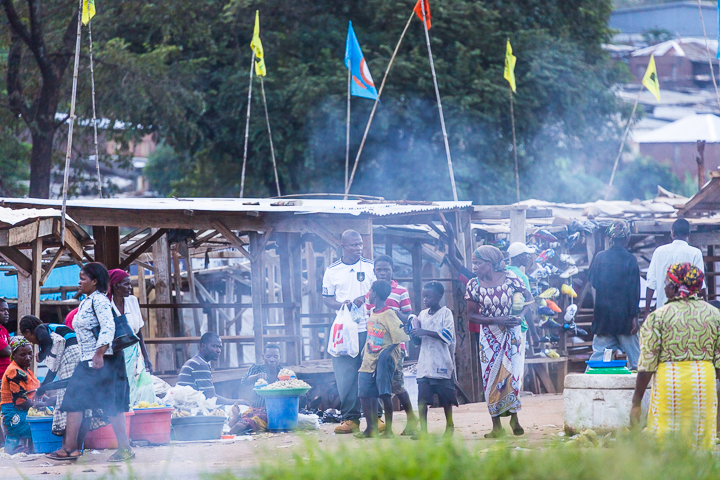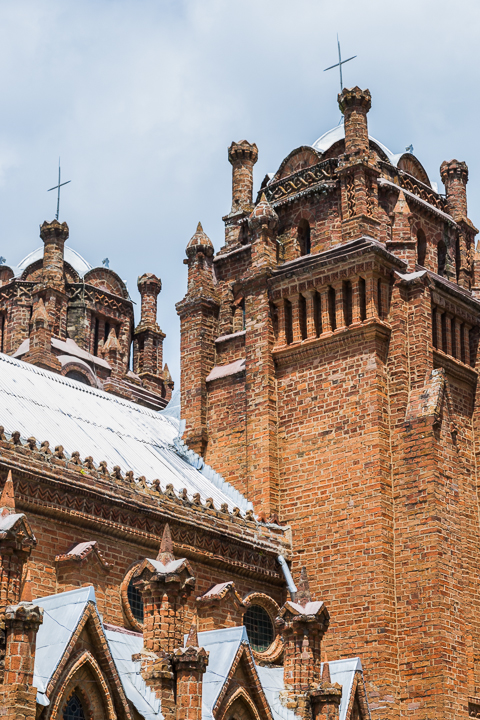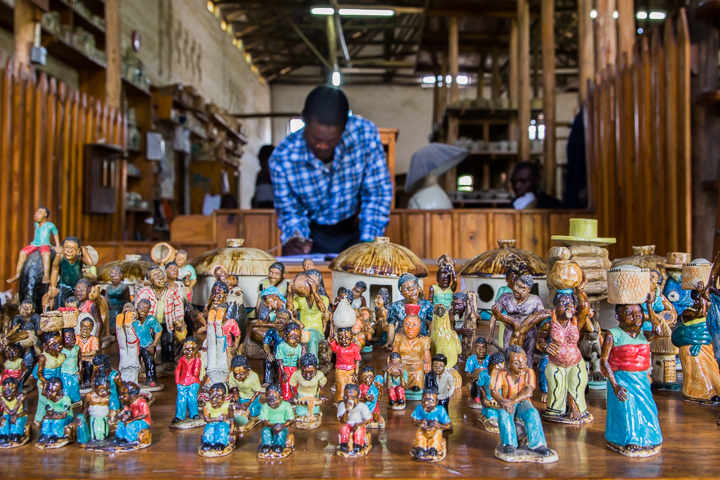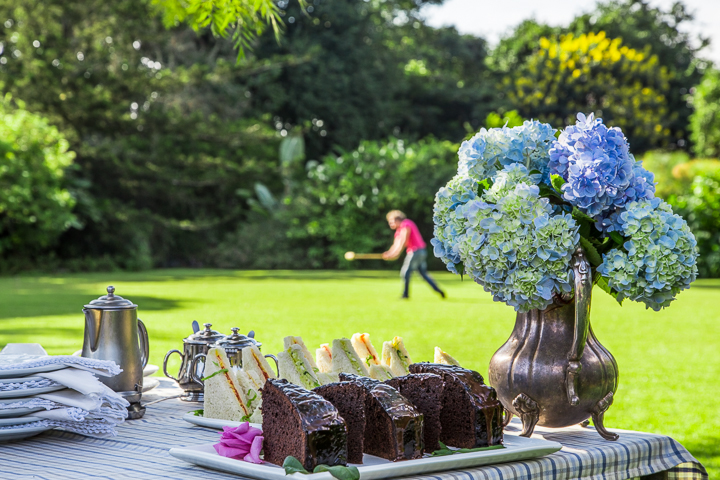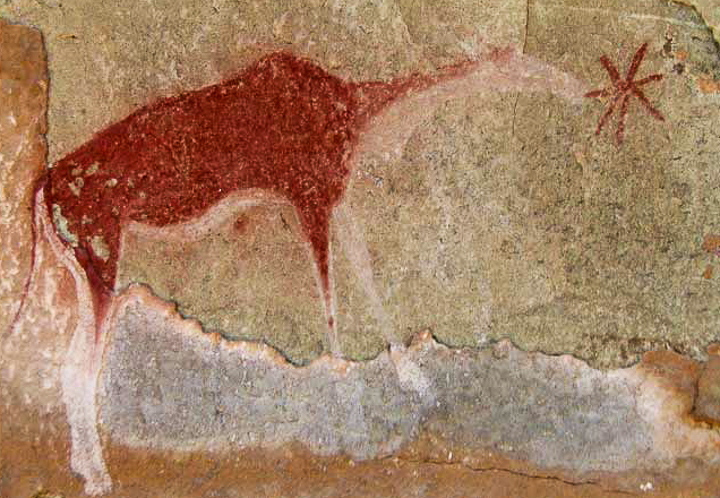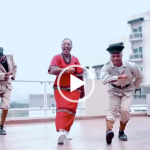9 cool things to do in Malawi (that don’t involve the lake)
Published on July 4, 2014 at 2:55 PM by Face of Malawi
Paying a visit to Lake Malawi on a first-time trip is a must. But for those looking for something more, there’s an entire country waiting to be explored …
Few countries in the world are so aligned with a single geographical feature as Malawi – the land of the lake. And it’s not difficult to see why: at just under 600 kilometres in length and spanning 80 kilometres at its widest point, Lake Malawi takes up half the country. Travellers are drawn to the clear, turquoise waters in their droves and lakeshore retreats like Cape Maclear, Senga Bay and Nkhata Bay throb with backpackers looking to tick off one of Africa’s great lakes on an East African adventure. However, there is more to Malawi than that. A lot more, in fact. I spent a week in the southern part of the country (unfortunately I did not have time to head north of Lilongwe), purposefully avoiding the lake to see what else I could find. This list of things to do in Southern Malawi is by no means exhaustive, but it’s a good start for those looking for something more from their next trip to the Warm Heart of Africa.
(I’ve also included a small travel planner below, covering some of the basics when travelling in Malawi).
Visit the national parks
Malawi isn’t well known as a safari destination. A history fraught with agricultural encroachment and poaching means that many major species were eradicated, almost crippling Malawi’s reserves beyond repair. Through dedicated work by individual organisations, Malawi has recovered many of its reserves and wildlife numbers are on the rise. These are two reserves worth checking out.
Liwonde National Park
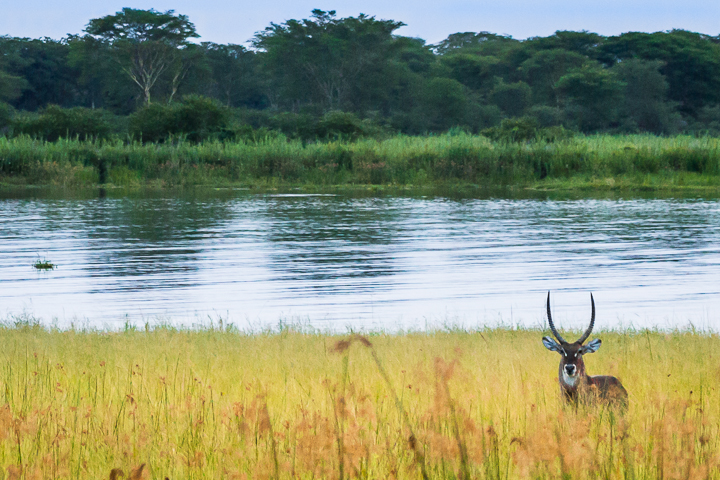
The mopane-dominated woodland that spans the upper reaches of the Shire River makes Liwonde National Park arguably Malawi’s premier safari destination. Even during the rainy season when its proliferation of big game disappears in the dense thicket, the combination of comical Dr Seuss-drawn baobabs, haunting python vines, spiny candelabras that look like they came straight off Liberace’s piano and a double helping of migratory and non-migratory birds is enough to keep your eyeballs bouncing. In winter, the riverbanks teem with game, including elephant, waterbuck and numerous antelope. Watching them and the large hippo and crocodile populations on a boat cruise is a must.
Accommodation inside Liwonde can be pricey, but if you’re looking for wild, tented accommodation in the heart of the bush, Mvuu Camp is Liwonde’s finest. All 12 rooms (either en-suite tents or stone chalets) overlook the east bank of the Shire River where hippos, crocodiles and birds can be seen. Astute, courteous and knowledgeable staff make for informative game drives and boat cruises. www.wilderness-safaris.com
Majete Wildlife Reserve
Majete Wildlife Reserve was once a wildlife haven, but by the late 90s it was on the brink of desolation. Underfunded and ill equipped, its wildlife numbers were critically low and most large game had been eradicated. In 2003, the privately funded African Parks Network took responsibility for the long-term management and rehabilitation of the reserve. It’s since reintroduced more than 3 000 head of game and drastically improved the reserve’s infrastructure. It’s now one of the only parks in Malawi where you can see the Big Five.
Find out more (and book accommodation) in Majete Wildlife Reserve
Get around town
If you’re not driving to Malawi, you’ll be arriving at one of its two airports: Chileka International in Blantyre or Kamuzu International in Lilongwe. Most visitors tend to get out of the cities as quickly as possible, but if you find yourself staying for a day, don’t miss out on the following:
Craft Market, Lilongwe
Visit the crafts market in Old Town Lilongwe. It’s a mad mash-up of people, smells and smoke that plays itself out daily on the banks of the Lilongwe River. Go in the late afternoon to grab a bargain, but don’t stay after dark or take expensive gear as there are pickpockets.
St Michael and All Angels Church, Blantyre
If you’re in Blantyre, take some time to pop in at St Micheal and All Angels Church. It’s the second-oldest building in the city, boasts a basilica dome and an intricate exterior that was built by Scottish missionaries using hand-made bricks and wood. If you’re there on a Sunday, stay for one of the services (held in English and Chichewa).
Dedza Pottery, Dedza
Stopping off at Dedza Pottery on a drive south from Lilongwe is a must. Local potters sculpt everything from figurines illustrating Malawian life to bowls, teapots, mugs and jugs. The attention to detail is extraordinary, as are the people that work there. Tours of the workshops can be arranged on request and there is an informal restaurant to the side that serves light meals and snacks.
Take a hike
Malawi’s topography is dramatic, to say the least. Its lake follows the contour of the Great Rift Valley for close to 600 kilometres and beyond that, the valley pushes up steeply into a plateau that divides the southern part of the country from Mozambique. And that isn’t even its most unique feature. Dotted around the country are large igneous massifs such as Mount Mulanje which rise into the sky, shadowing everything around it. Malawi is hiker’s paradise, you just need to know where to go.
Mount Mulanje
Less than an hour’s drive from Blantyre is Mount Mulanje, Malawi’s highest, stand-alone massif. It’s dominant silhouette can be seen for miles around. It is shrouded in myth and lore and is also a hiker’s dream. There are a multitude of routes that head up the mountain, ranging from day hikes to overnight stops and guides and porters can be hired from the bottom of all the accessible paths around the mountain (they are mandatory in some areas).
Find out more about hiking Mount Mulanje here
Zomba Plateau
Just two hours south of Cape Maclear (a popular tourist hotspot on Lake Malawi’s southernmost shoreline) is the Zomba Plateau. It’s not as challenging as Mount Mulanje, but a leisurely hike through its high-altitude forests yields a spectacular view of the town of Zomba below (Malawi’s first capital). You could stay at the upmarket Ku Chawe Inn at the top of the plateau but there’s a thoughtful, budget-seeker’s dream at the foot of the plateau called Casa Rossa. Accommodation in a restored colonial house varies from basic rooms to a dorm to loosely appointed campsites in the garden. Expect home-made Italian dishes that will have you wondering if you’re still on the African continent.www.casarossamw.com
High tea at Huntingon House, Thyolo
Ensconced in a thick circle of age old trees on the Satemwa Tea Estate in Thyolo is Huntingdon House. It’s an old colonial house, built in 1936, that still exudes much of the historical character that accompanied that period of Malawi’s history. A visit to Huntingdon is a step back in time and guests can explore the estate, learn about the multitude of teas produced there and hear the fascinating history of Satemwa, often straight from the mouth of third-generation owner Chip Cathchcart Kay himself. For those who take their silver service seriously, an overnight stay at Huntingdon House offers guests a contemplative mix of colonial allure and modern convenience. Accommodation is in one of five massive suites that look like they came straight out of a period film. Activities on the estate include tea tastings, picnics on Thyolo Mountain, factory tours and high tea and croquet. www.huntingdon-malawi.com
Chongoni Rock Art Centre
Dating back to around 2 000 years, the rock art at Chongoni is one of Malawi’s lesser-known treasures. It has seen very little tourist development, despite being named a UNESCO World Heritage Site in 2006. The hub of Chongoni (the entire area is made up of 127 rock faces and spans 126 square kilometres) is the Chongoni Forest Reserve, which lies immediately east of the town of Dedza.
Find out more about Chongoni Rock Art centre here
Travel planner
Getting there
Malawian Airlines (in partnership with the Government of Malawi and Ethiopian Airlines) offers an affordable alternative to SAA, with daily flights from Joburg to Blantyre and Lilongwe, starting from R6 500 return. www.ethiopianairlines.com
When to go
There are two main seasons in Malawi. The best time to go is in the dry season (May to October); days are warm, nights are tem- perate, wildlife viewing is at its best and the risk of contracting malaria is reduced. The rainy season (November to April) is the best time for twitchers as many migrant and non-migrant species are in full plumage.
Malaria
Malawi is a malaria area. Take the necessary prophylactics and apply repellent. For those not on prophylactics, a three-day course of Coartem is available over the counter in Malawi and should be taken immediately upon noticing symptoms.
Money matters
The currency is the Malawian kwacha; at the time of going to print R1 was equivalent to MK38. ATMs are available in most towns, but aren’t always reliable. Keep an emergency stash of US dollars with you (accepted everywhere) and draw enough money for your weekends early; many ATMs run dry by Sunday.
Getting around
Public transport in Malawi is surprisingly reliable. The roads are good in most places; take note of the 50 kilometre an hour limit in all towns and villages. Roadblocks are frequent and permanent outside most major towns; ensure you have the correct paperwork at all times (here’s what happens when you don’t have the correct paperwork in Malawi)
Subscribe to our Youtube Channel: